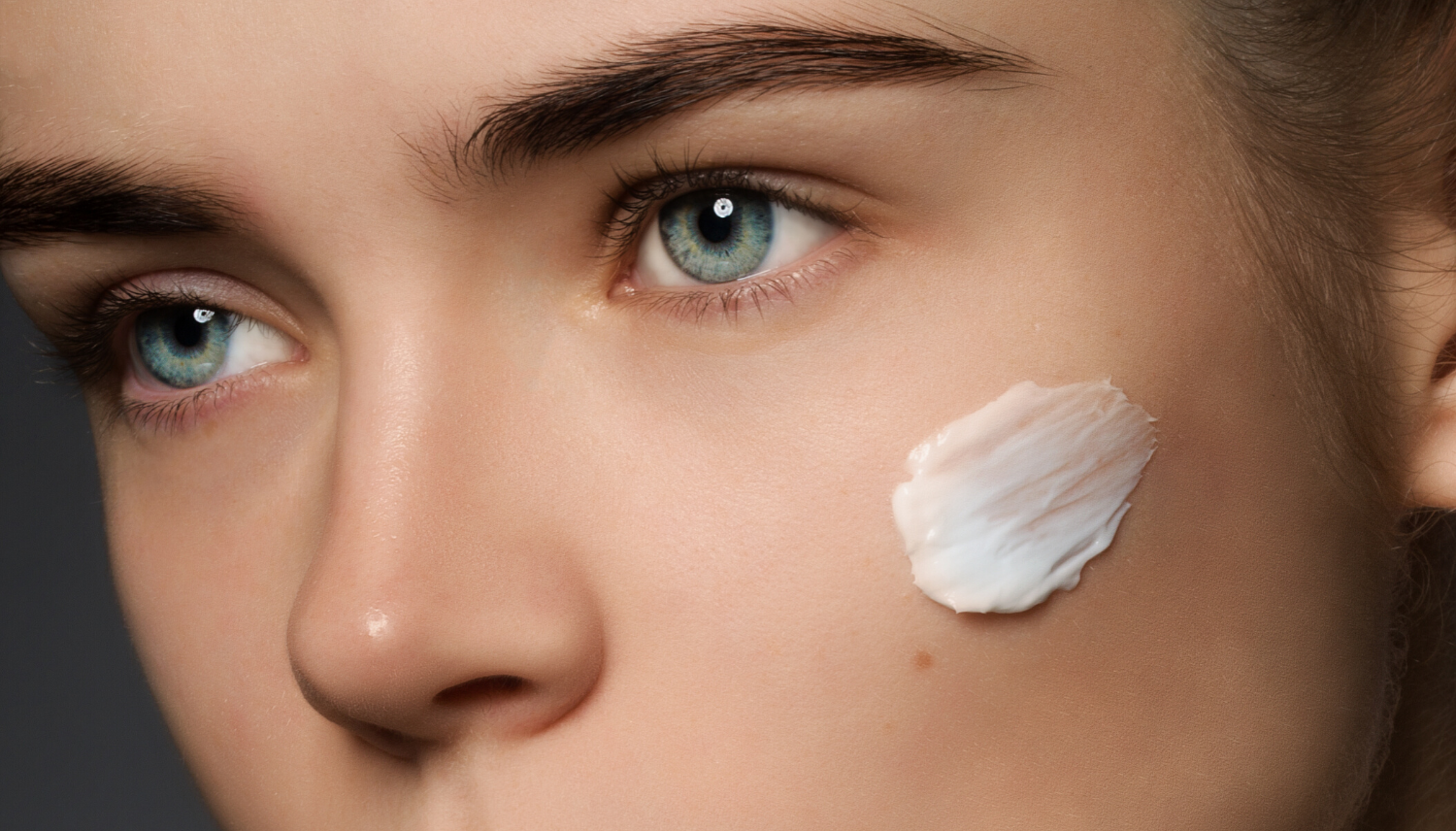RETINOL: THE SKINCARE STAR
Dermatologists agree. Retinol is the skincare star. The essential, perfectly-crafted beauty hero deserving of the main stage. You’ve certainly heard of it, but using it is another story.
WHAT IS RETINOL?
First thing first. Retinol is a form of vitamin A which comes from both animal and plant sources. In skincare, retinol is the gold standard for youth preservation (anti-aging) because it is the only scientifically proven ingredient that effectively enhances collagen production and stimulates cells turnover while also being extremely effective against acne. You can find it in a variety of skincare products—from creams to serums to oils—and in a variety of potencies (from .25-percent concentration to 2-percent).
RETINOL vs. RETIN-A
Don’t confuse Retinol with Retin-A (pure retinoic acid). Retinol when combined with certain enzymes, it’s converted into tretinoin the acid form of vitamin A, also known as retinoic acid. So, consider Retinol as the weak, weak version of Retin-A. The following glossary will help you clarify the differences in the R world:
- Retinoids: The name given to the whole family of vitamin A derivatives.
- Retinoic acid: A prescription-only retinoid (more commonly known as Retin-A). It’s the most effective anti-aging ingredient we know, and it prevents and treats acne as a brilliant additional benefit.
- Retinol: An over-the-counter retinoid that’s less potent than retinoic acid. Retinol is considered to be less potent than retinoic acid and higher concentrations must be used in order to achieve similar results.
In short, retinol is the stuff you can buy at your local beauty store and Retin-A requires a prescription from your derm.
WHEN TO START?
There are no true guidelines on how early you can start a retinoid, but if you’re old enough to be thinking about wrinkles, you should be doing something to prevent them! The best thing to do is ask your dermatologist when you’re ready for retin-A. When it comes to retinol, anyone can use it, since it is very weak and can be found in practically every anti-aging product.
HOW SHOULD YOU START USING THEM?
With caution initially. Using retinol at night is best. Start with one night a week and build up slowly, taking on an additional night each subsequent week. It’s important to build up to whatever works best for your skin. Some are able to use it every single night. Others, like people with sensitive skin, may only be able to use it every other night or even less.
If you use Retin-A, apply the Retin-A first and then apply a facial oil on top. Why? Because you’re increasing the moisture and reducing the inflammation that comes along with using Retin-A.
Always wear sunscreen in the daytime, as retinol makes your skin more sensitive to the sun. Moreover, if you would like to use a retinoid in the summertime, it’s imperative that you wear a high-SPF broad-spectrum sunscreen daily.
WHAT YOU SHOULD KNOW
If you have super sensitive skin, bad eczema or you recently had a procedure like a chemical peel or laser, you shouldn’t be using retin-A. Retinol, well, it depends on what products you’re using, but since it’s so weak there isn’t much precaution to be taken.
If you overuse Retin-A and you don’t follow instructions, moisturize or use sunblock, you absolutely can get red, flaky, dry and cracked skin. Sometimes, [when they first start using it] people can have an initial reaction that’s transient. That transient reaction will pass as long as you use a facial oil with it—it’s called retinizing the skin. There an initial period where skin can get inflamed because the cells are turning over so fast. When that happens, you either need to stop or go to your dermatologist.
CREDITS

